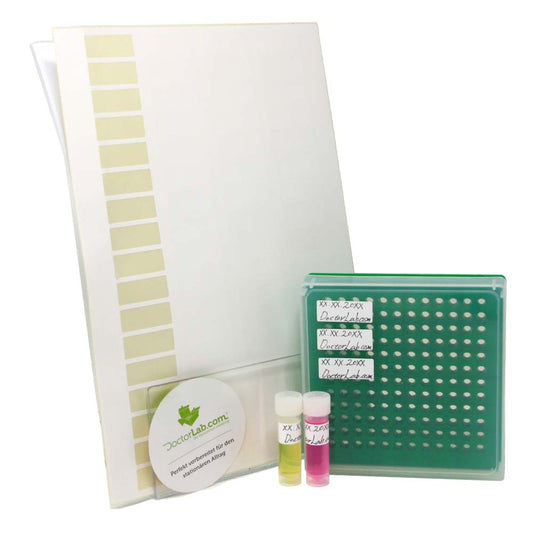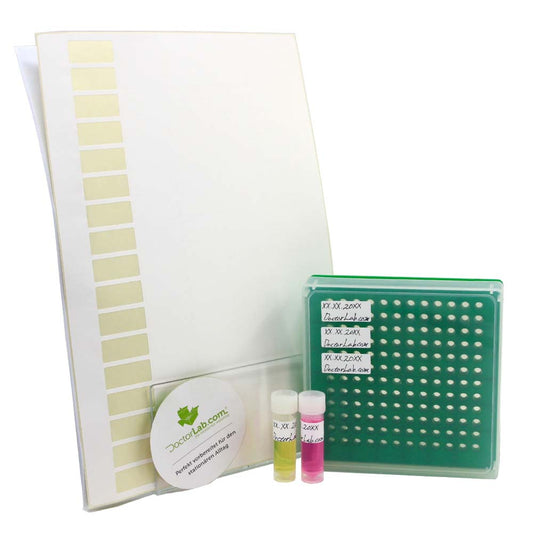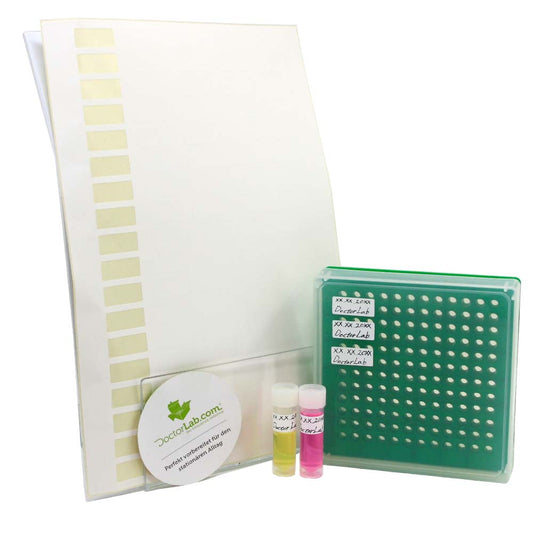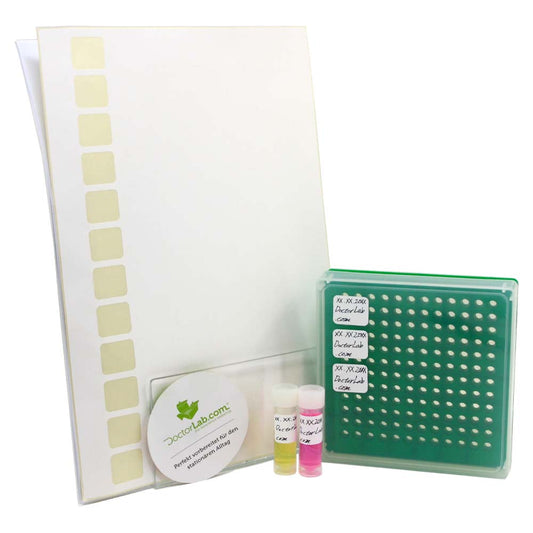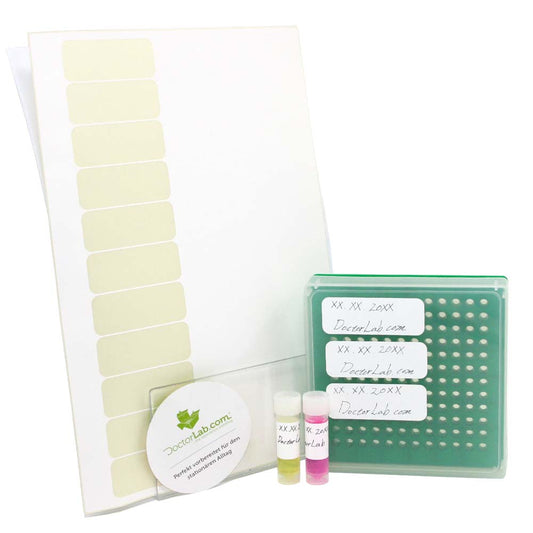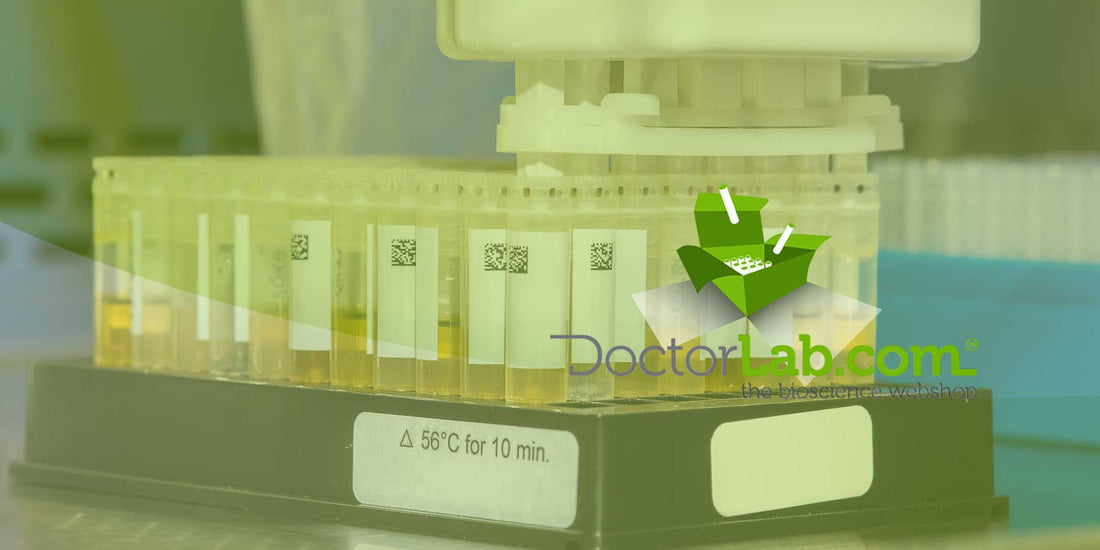
Cryo labels, storage in biobanks & biorepositories
Split
The role of cryogenic labels in biobank and biorepository storage
In biobank and biorepository storage, cryogenic labels play an important role. These labels are specifically designed for storing biological samples at extremely low temperatures. In this article, we will examine the role of cryo labels in biobank and biorepository storage in more detail.
What are cryo labels?
Cryogenic labels are special labels designed for storing biological samples at extremely low temperatures. These labels can withstand temperatures down to -196°C, which is essential for long-term storage of biological samples. The labels are made of a special material that does not break or tear even at extreme temperatures.
Why are cryogenic labels important for biobank and biorepository storage?
Long-term storage of biological samples is crucial for medical research. Biobanks and biorepositories play an important role in this as they store the samples for future research projects. However, it is important that samples are properly labeled at the extremely low temperatures required for their storage. Cryogenic labels are therefore essential to ensure that samples are correctly labeled and easily identifiable.
What are the benefits of cryo labels?
Cryogenic labels offer several advantages for biobank and biorepository storage. One of the most important advantages is their durability at extremely low temperatures. The labels cannot be damaged even if stored in liquid nitrogen or dry ice for a long time. Another advantage of cryo labels is their adhesive power. The labels remain firmly attached to the samples even at extremely low temperatures, which is essential for reliable sample identification.
What types of cryogenic labels are available?
There are different types of cryogenic labels available for biobank and biorepository storage. Most labels are self-adhesive and can be applied to various surfaces. Some labels are also available with barcode or QR code functionality, allowing for automated sample identification.
How are cryo labels used?
Cryo labels should be attached directly to the samples or to the sample containers. It is important that labels are completely dry before applying to ensure they adhere firmly to the surface. Labels should also be placed in a well-lit area to ensure they are easy to read.
Conclusion
Cryo labels are an essential tool for biobank and biorepository storage. They provide a reliable way to label and identify biological samples at extremely low temperatures. With their durability, adhesive strength and various options for barcodes or QR codes, they are an ideal choice for long-term storage of biological samples.
However, it is important to note that the use of cryogenic labels is only one part of a comprehensive process for storing and managing biological samples. It is also important that samples are properly prepared, stored and documented to ensure their quality and integrity.
Overall, cryogenic labels play an important role in biobank and biorepository storage. Through their use, biological samples can be safely and effectively identified to advance medical research and diagnostics.

